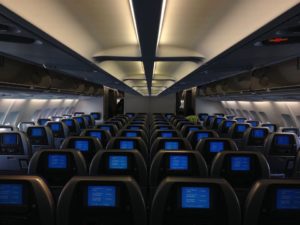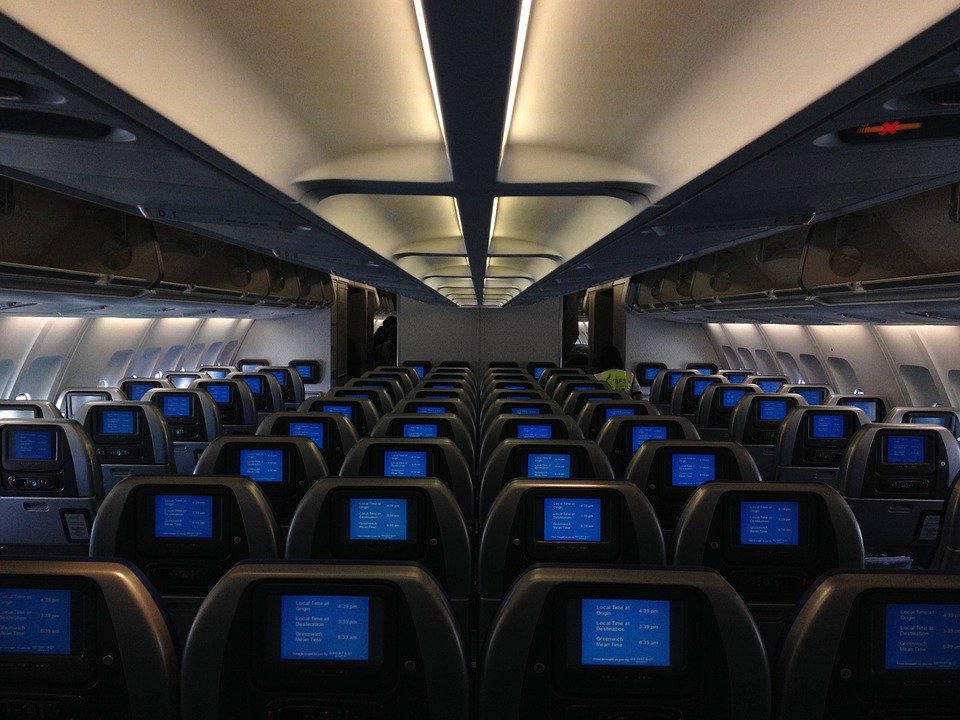
Why Does The Cabin Crew Dim The Cabin Lights During Take-Off And Landing?
When you’re sitting inside an airplane and it starts to prepare for take-off, we notice that the cabin crew dim the lights of the plane, and we usually ask ourselves, why does this happen? Well, there are a number of reasons for that, and in this article, we tend to answer that question.
Before we the plane takes-off, the cabin crew asks as to sit properly, wear the seat belt, get out of the toilet, and to prepare for the pressure you’re about to feel.
Another thing the cabin crew does is dim the cabin lights, which is done as a safety precaution in case something goes south during the take-off and landing of the plane.
Just like wearing seat belts during take-off and landing, dimming the cabin lights during takeoff and landing are important too.
Airlines today are required to do this so the eyes can adjust to the dark. Our eyes take around 10 to 30 minutes to adjust to the darkness, and in those minutes, you start to notice a number of differences.
Dimming the lights of the plane allows your eyes to adjust to the darkness so if something goes south during the takeoff or landing of the plane, you are not blinded.

Having your eyes adjusted to darkness will allow you to see properly if the power goes out during landing or takeoff.
Not only that the emergency path-lights and other emergency signs are more visible when the lights of the plane are turned off or dimmed.
Airplane accidents usually happen during the take-off and landing part of the flight, and by dimming the cabin lights, your eyes get adjusted to the darkness outside, which will allow you to see better in case an emergency happens.
Dimming the lights also makes the “glow in the dark” floor pathways more visible when something wrong happens. Passengers can also see the emergency signs faster when the lights are dim, as they are usually red and green.

Also, most modern airplanes need to throttle to full power for take-off, so cutting off some extra features of the airplane allows them to support and keep the critical electrical equipment of the plane safe.
Jon Lewis, a senior pilot with a major US Airline, said, “You want your eyes acclimated. During nighttime takeoffs and landings, you dim the lights so that you have some night vision going on.”
There you go, folks!
Do you have any questions in mind? Ask those questions in the comment section below and we will do our best to answer those questions!